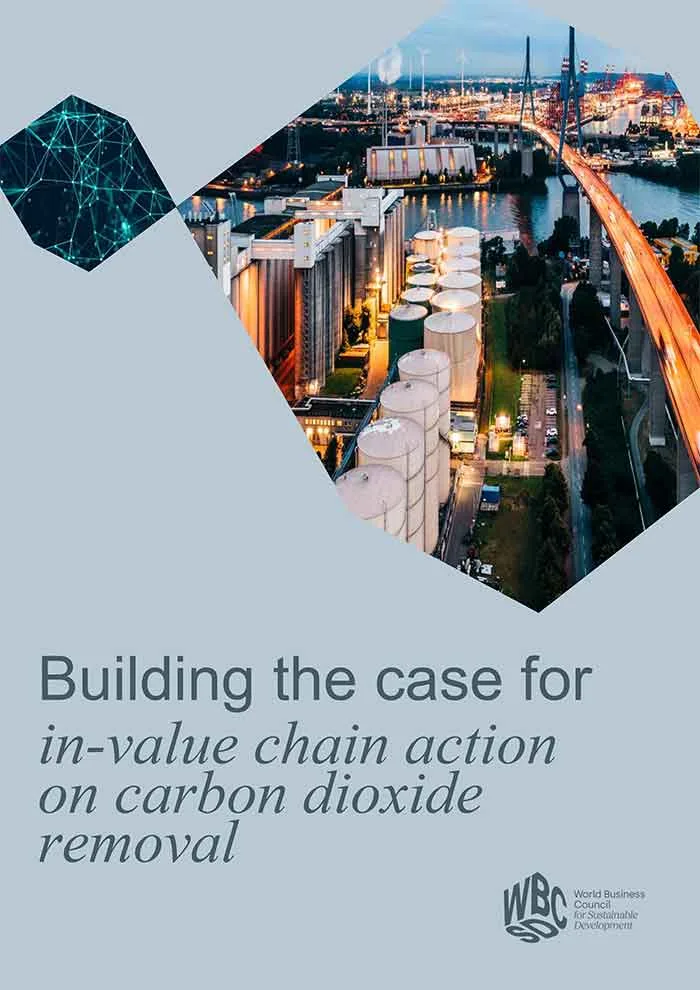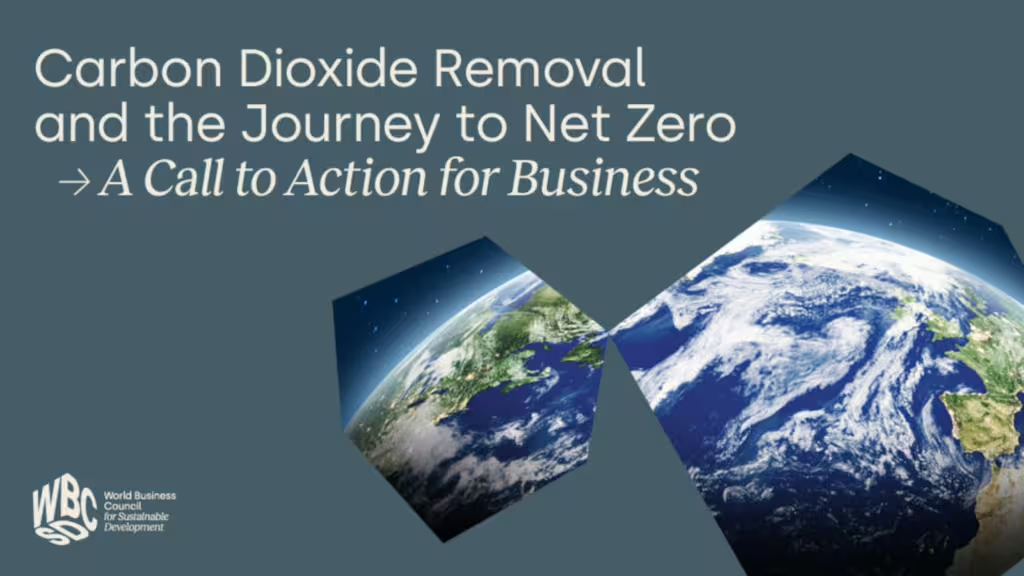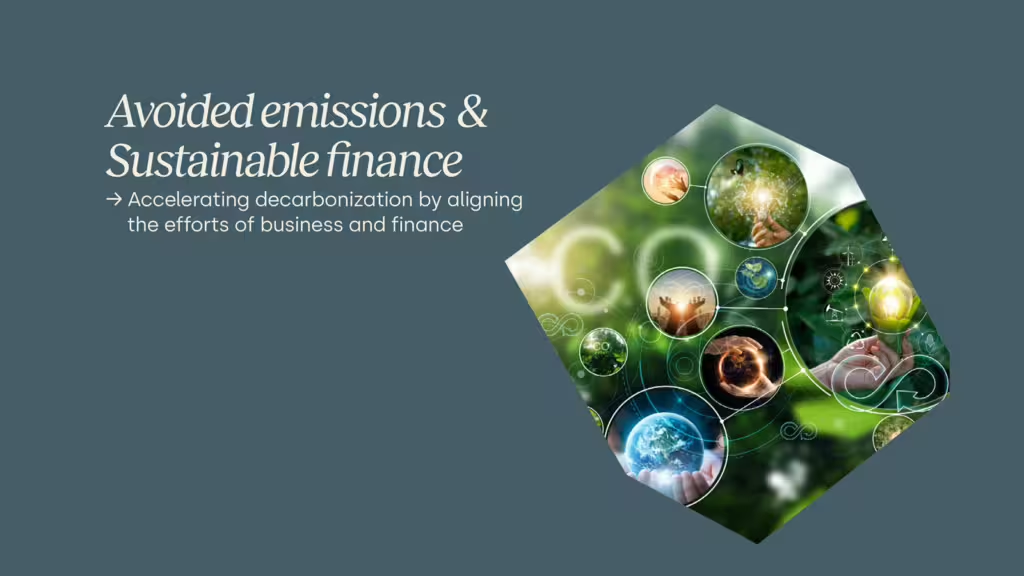Carbon dioxide removal (CDR), the set of human-induced activities through which carbon dioxide is removed from the atmosphere and durably stored, will play an increasingly important role in businesses’ net-zero pathways. In fact, while it remains imperative to reduce greenhouse gas (GHG) emissions to tackle the climate crisis, estimates show that we will also need to remove anywhere between 6 to 16 gigatons per year of carbon dioxide (GtCO2/year) from the atmosphere by 2050 to successfully limit global warming to 1.5°C above pre-industrial levels. CDR deployment will need to scale four-fold to achieve this target – with some novel methods even needing to scale by several orders of magnitude.
There are drivers and opportunities for in-value chain action on CDR to meet this growing need. These actions will complement those beyond the value chain – actions or investments outside a company’s physical value chain that contribute to societal targets in climate, nature and equity.
The World Business Council for Sustainable Development (WBCSD) encourages businesses to map out their trajectory to neutralize unabated emissions, including planned milestones and near-term investments. Currently there is a lack of clarity on internationally agreed approaches to certification and accounting of carbon removals. Yet there are high-level GHG accounting principles that can help companies navigate this complex environment for investments. This builds on WBCSD’s Carbon Dioxide Removal Call to Action for Business and Removing carbon responsibly: A guide for business on carbon removal adoption in which we clarify that companies must deploy CDR responsibly as part of a comprehensive net-zero strategy in parallel with deep emissions reductions. Companies should act today to evaluate the business case for in-value chain carbon removal opportunities.




